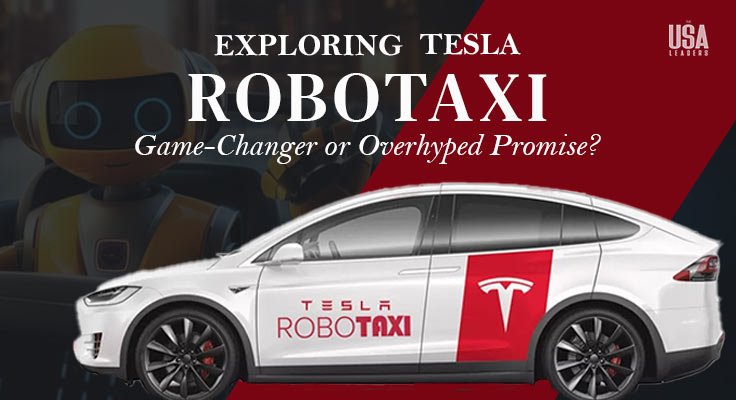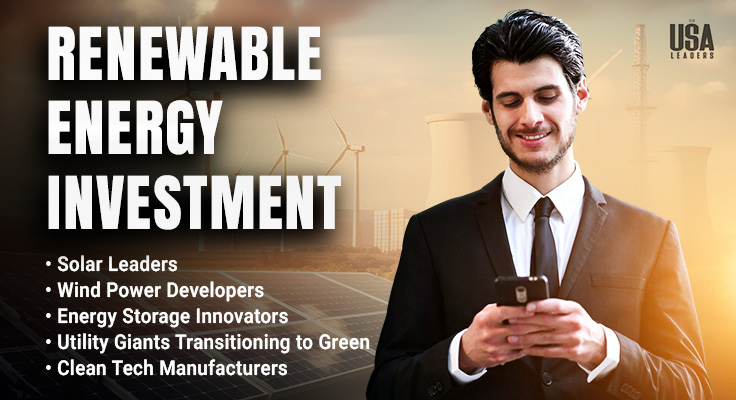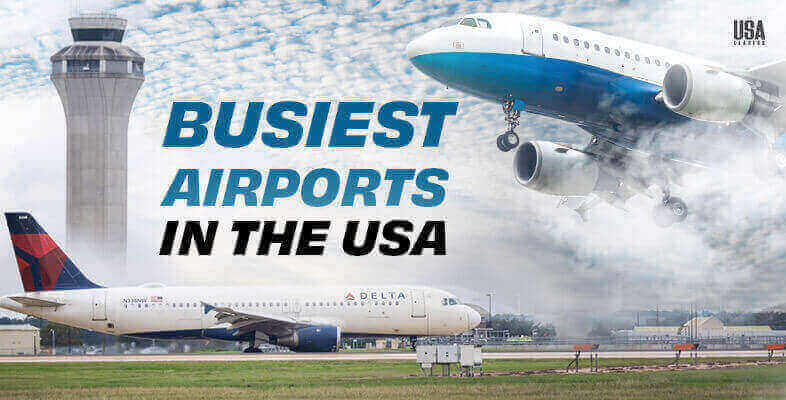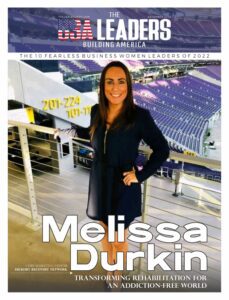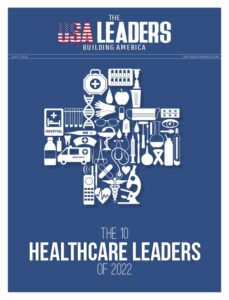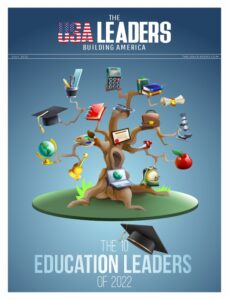The Tesla robotaxi is also known as the Cybercab. It is a specialized autonomous vehicle designed for ride-hailing services. Its primary role is to allow Tesla owners to generate passive income by enabling them to operate as robotaxis when not in personal use, leveraging advancements in artificial intelligence and robotics.
How is it supposed to work?
- The Tesla robotaxi will be summoned via a mobile app, similar to Uber.
- Enable Passengers to set preferences like climate control while waiting for the vehicle to arrive.
- Tesla will operate some of the Tesla robotaxis while allowing Tesla owners to add their vehicles to the network when unused.
What is the technology behind it?
- Full Self-Driving (FSD) Software: Powers the autonomous driving of cars.
- Neural Networks & AI: Process data from cameras and sensors.
- Tesla Vision: A camera-based system for 360-degree navigation.
What is Elon Musk’s vision behind this initiative?
Musk aims to transition the world to sustainable energy through electric vehicles, reducing reliance on fossil fuels. The development of fully autonomous vehicles is a core component of Musk’s vision.
The Tesla robotaxi is expected to operate without human intervention, enhancing safety and convenience. Musk envisions a system where Tesla owners can contribute their vehicles to a shared Tesla robotaxi fleet, allowing them to earn income when their cars are not in use.
The Promise: Game-Changer Potential
- Affordability and Accessibility
The Tesla robotaxis has the potential to significantly reduce transportation costs by eliminating the expenses associated with human drivers.
It is estimated that these autonomous vehicles could operate at costs as low as $0.2 per mile, compared to traditional ride-hailing services that typically charge between $2 to $3 per mile.
This economic model makes rides more affordable for consumers, increasing accessibility for a broader range of users.
- Environmental Impact
Many robotaxis are expected to utilize electric vehicle technology, which aligns with sustainability goals and can lead to lower emissions.
Additionally, the switch to greener modes of transportation improves the quality of the environment. It also reduces ongoing costs associated with fuel, maintenance, and emissions.
- Convenience and Efficiency
Robotaxis ensures that users hail a ride whenever needed, significantly increasing convenience.
Their ability to dynamically adjust routes based on current conditions enhances overall efficiency, making urban travel faster and more predictable.
Also, with advanced AI and machine learning, these vehicles can predict and react to traffic situations more effectively than human drivers.
The Reality Check: Overhyped Promise?
- Technological Challenges
Tesla relies on a camera-only sensor suite, having removed radar from some models. While this approach aims to mimic human driving capabilities, it lacks the robustness of radar and LiDAR systems.
Particularly in adverse weather conditions and low light, where cameras may struggle. This limitation raises concerns about the ability of the system to handle complex driving scenarios reliably.
- Regulatory Hurdles
The Tesla autopilot is the subject of a study by the National Highway Traffic Safety Administration (NHTSA). This is because several high-profile accidents occurred while the system was engaged.
Therefore, this hurdle highlights the need for clear regulations and safety standards before fully autonomous vehicles can be deployed.
- Public Perception and Trust
There is a growing concern that the marketing of Tesla robotaxis may lead consumers to overestimate the capabilities of its autonomous systems.
However, the rebranding of FSD to “Supervised Full Self-Driving” reflects an effort to clarify that human oversight is still essential.
Comparison of Autonomous Vehicle Projects
| Feature | Tesla Robotaxi | Waymo | Cruise |
|---|---|---|---|
| Technology Approach | Camera-only system aiming for full autonomy | Advanced sensor suite (LiDAR, cameras, radars) | 40+ sensors for 360-degree vision |
| Autonomy Level | Currently Level 2, aiming for Level 4 | Currently Level 4, with no safety driver in specific areas | Aiming for Level 4, currently suspended operations due to safety concerns |
| Operational Model | Owners can earn money by sharing their vehicles | Commercial ride-hailing service with full autonomy | Planned driverless taxi services, focusing on urban areas |
| Regulatory Environment | Faces strict regulations for deployment | Complies with state regulations; has full deployment permits | Regulatory scrutiny after safety incidents |
| Primary Goals | Revolutionize car ownership and maximize vehicle usage | Enhance mobility and efficiency in urban areas | Provide safe and accessible ride-hailing solutions |
| Challenges | Technology Readiness and public Skepticism | Scaling operations and public trust | Rebuilding trust due to past incidents |
The Economic and Social Impact
- Job Displacement Concerns
Driving jobs, including those for taxis, buses, and trucks, are at high risk of displacement due to automation. Approximately 47% of the U.S. workforce will face a high risk of job displacement from automation within the next two decades.
Also, estimates suggest that by the 2030s, significant job losses could occur, particularly in long-distance trucking, where up to 294,000 jobs may be at risk. The transition is expected to be gradual, with about 100,000 jobs disrupted per year at peak impact.
Moreover, displaced workers could face an average loss of $80,000 in lifetime income, totaling around $180 billion for affected U.S. workers. This economic impact could have broader implications for communities reliant on these jobs.
- Urban Planning and Infrastructure
The Tesla robotaxi could facilitate a reduction in personal vehicle ownership, consequently influencing urban planning to prioritize shared mobility solutions. This shift may lead city planners to redesign urban landscapes with better public transport options.
Also, the need for extensive parking facilities is reduced. Urban infrastructure will require adaptations to accommodate the robotaxi ecosystem. This includes the development of sufficient charging stations and dedicated lanes for autonomous vehicles.
Lastly, these changes will enhance the efficiency of Tesla robotaxi and integrate them more seamlessly into existing transportation networks while encouraging environmental sustainability.
- Environmental Considerations
The Tesla robotaxi initiative is likely to contribute to a reduction in urban transportation emissions through its electric vehicles. This will encourage the production of zero tailpipe emissions.
However, some studies suggest that widespread adoption of electric autonomous taxis could inadvertently lead to higher overall trip numbers and mileage due to increased ride availability and convenience, potentially offsetting some environmental benefits.
Conclusion
We hope this blog has given you a clearer understanding of the potential and challenges surrounding the Tesla robotaxi. So, as we stand on the edge of a transportation revolution, the promise of autonomous vehicles like the Tesla robotaxi is exciting or daunting. Is the Tesla robotaxi a game-changer, or is it just another overhyped promise? Share your thoughts and join the conversation—because the future of transportation is something we all are excited about.
Also Read: 6 Reasons Why Automating Your Payroll Can Be a Game-Changer


